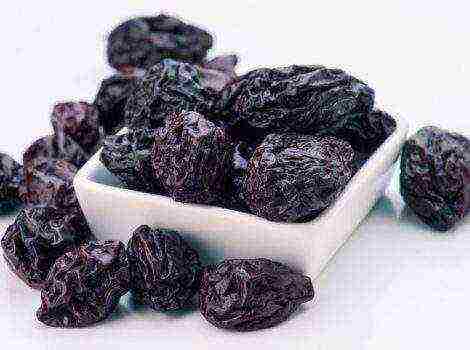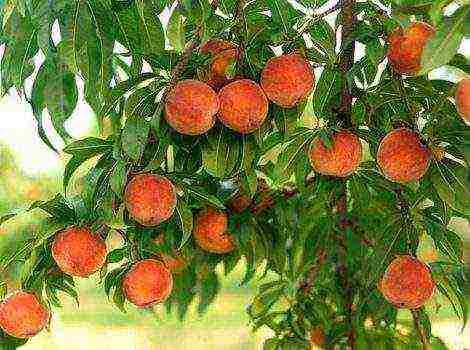Correct cultivation of kumquat at home
Kumquat appeared on the shelves of Russian stores quite recently. It is a bright orange tropical fruit. It belongs to the citrus family. In terms of taste and healthiness, the fruit of this amazing fruit is not inferior to any other citrus..
The kumquat tree is always green. It reaches no more than two meters in height. And if you prune in time, then the tree will grow to the sides and resemble a shrub. The height of the tree also depends on the size of the pot in which it was planted..
Having provided the necessary conditions, it is possible to grow a kumquat at home. Let's talk in more detail about the features of growing this exotic plant at home.
In which regions is Kumquat grown
This fruit was first grown in China. It is now grown in Japan, Southeast Asia, Europe and the United States.
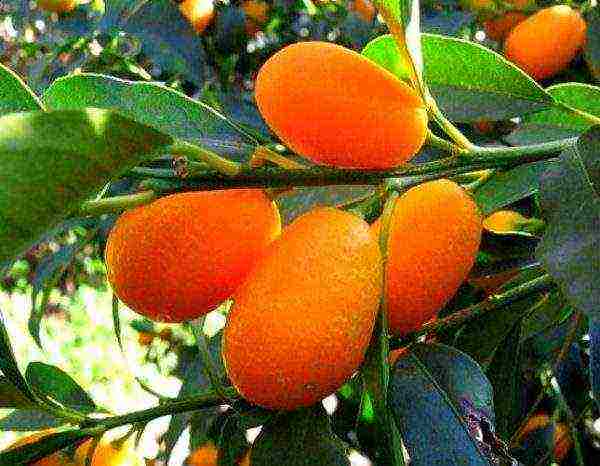
For a long time, it was not possible to grow kumquats in regions with a cool climate. The seeds were difficult to germinate, and if this happened, the cuttings died due to the weak root system. It was possible to achieve the reproduction of this plant only thanks to grafting. INthe kumquat tree branch has taken root on one of the frost-resistant citrus fruits - the three-leaf poncirus... After that, the kumquat survived even at a temperature of -18 ℃.
Now this exotic fruit is grown in the Krasnodar Territory, Crimea, Ukraine.
In the Moscow region and Central Russia, kumquat can be grown at home or in a greenhouse... However, even in the south, it is rarely planted in the ground, preferring "home care".
Requirements for the suburban area
The suburban area on which it is planned to grow Kumquat should be well lit.
The kumquat tree loves moderate moisture around it.... To water this plant correctly, it is recommended to install an automatic watering system at the summer cottage. It should be remembered that the plant can die if it is flooded with water.
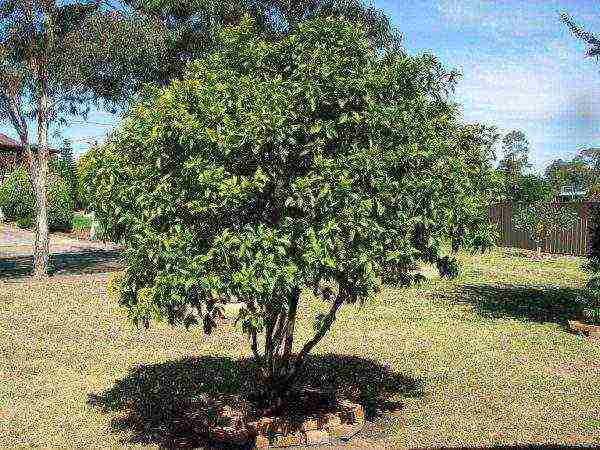
If the air temperature is low or moderate, it is recommended to water the plant once every 2-3 days, or less often... In hot weather (+ 20-25 ° C), water the tree every day.
From large temperature changes, the tree can shed its leaves. Therefore, it is necessary to provide conditions at the summer cottage in such a way as to avoid temperature drops.
As for the soil for planting this tree, you can purchase soil intended for growing citrus fruits. Same you can cook special soil yourself... It is necessary to mix sod land, fertile garden soil, rotted manure, or leaf humus and sand.
In what season and by what methods is it recommended to plant and propagate the Kumquat tree
Kumquat can be grown from seed. For this, the ripe fruit is chosen. Seeds are extracted from it.And soak them in any growth stimulant. Plant seeds deep 1.5-2 cm in pots up to 8 cm... Cover the pot with plastic wrap and leave in a warm place. The first shoots can be expected 35-40 days after planting.
And this fruit is propagated by the following methods:
- Through vaccinations
- By cuttings
- Layers
Experienced citrus growers prefer to propagate it by cuttings or layering.
The most favorable time for propagation of kumquat by cuttings is April.... A tree planted at this time of the year will take root better and get stronger faster.
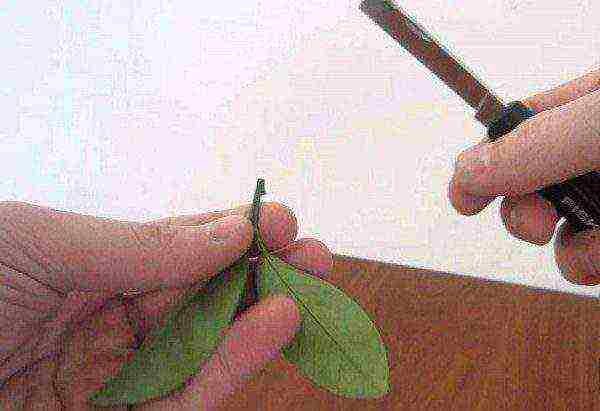
Cuttings for planting must be prepared before winter. At least three buds are left on them. Cut the cuttings 0.5 cm below the last bud perpendicularly. The upper cut is made obliquely 1 cm higher from the kidney. In order for the cutting to take root, it is planted in a previously prepared soil for citrus fruits, to a depth 1.5-2 cm and cover with a glass jar. It is important to provide the future tree with optimal moisture and sufficient watering.
For tree propagation by layering, the spring season is also chosen.... To do this, take annual shoots 20 cm long and 0.5 cm thick.At a height of 10 cm, two cuts are made on the bark of the shoot every 1 cm. The bark is removed and the leaves are removed at a height of 5 cm. A plastic bag with earth is tied to this section of the shoot.
Features of growing and care
The kumquat tree needs to be constantly watered and sprayed with warm, settled water. If this is not done, the plant can get sick or die from various pests.
In the summer season, the tree is kept in partial shade. And in winter, on gloomy days, additional lighting is required.
Fertilizing the tree is necessary 2-3 times per month in the spring, summer and autumn seasons... In the last months of autumn, as well as in winter, fertilization is necessary no more than once a month. An aqueous solution of mineral fertilizers is used as a fertilizer. Prepare it as follows: in 1 l. water dissolve 2-3 gr. ammonium nitrate, 1-2 gr. potassium salt and 4-6 simple superphosphate.
It is also helpful to fertilize the wood with a wood ash solution.
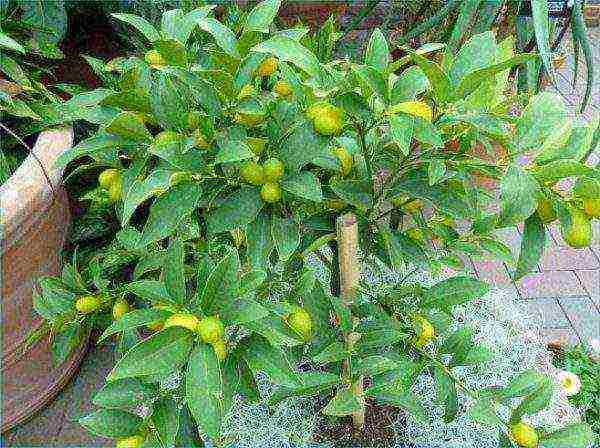
In spring and summer, it is recommended to feed the plant with slurry.: 1 part of cow dung is diluted in 10 parts of water. This type of feeding should be alternated with mineral fertilizers.
Repotting the Kumquat tree is recommended every 3 years... This must be done at the end of February, or in March. It is important to transplant very carefully. It is required to preserve a whole lump of earth, entwined with roots. The drainage at the new tree planting location needs to be renewed.
Pruning rules
In the spring, when the crown of the plant is actively forming, it is necessary to prune the tree. The growth of the tree should be uniform on all sides. Pruning must be done when new shoots have appeared on it. That is, the tree must be in an active growth phase. It is important to trim only the woody part... Only in this case the tree slows down its growth and throws out lateral shoots.
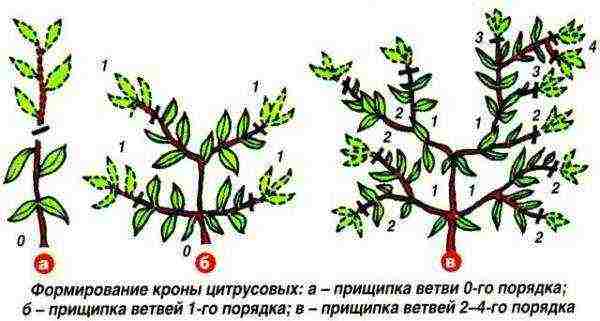
After pruning, dormant buds are activated, forming shoots. Future shoots must be tied up in such a way that the bush has a fan-shaped shape. Wounds must be treated with garden varnish.... This is done in order to heal the wounds faster, as well as to prevent infection from entering. A year after pruning, the tree will have an almost perfect crown.
Enemies of this plant
The main enemies of the tree are sucking, gnawing parasites.
The most famous of them:
- Spider mite
- Shield
If white dots appear on the underside of the leaves, as well as if the leaves are twisted and entangled in white cobwebs, this is signs of a spider mite attack.
To combat it, take a tablespoon of tobacco dust, pour a glass of hot water and add 10 grams after 6 days. laundry soap. The resulting solution is used to treat wood 3 times with an interval of 6 days.
Garlic also helps rid the tree of this parasite. The head of garlic is crushed and steamed in one glass of boiling water. This solution is insisted for about two days. Then the plant is filtered and treated with it.
Scabbard Leaves, are covered with sticky gum and have a black coating. You can fight this parasite with a mixture of one teaspoon of machine oil, stirred in a glass of warm water with 40 grams. laundry soap and 2 tbsp. spoons of washing powder.
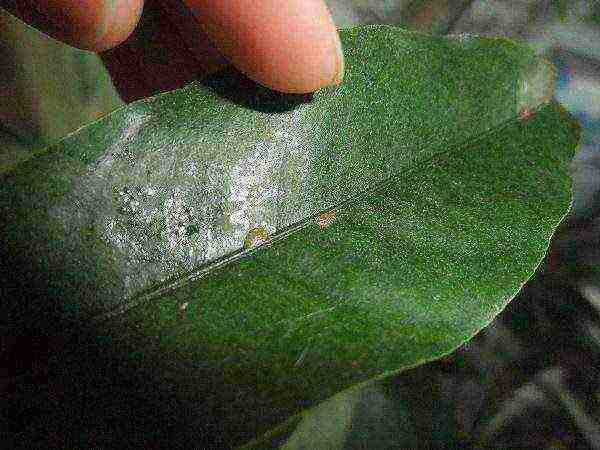
Before proceeding with the processing of wood with the resulting mixture, it is necessary to cover the ground with a film. Do not allow the mixture to enter the ground... Gently brush the leaves and branches of the affected tree with a cotton swab. It is necessary to wash off the applied solution after 3-4 hours under the shower. After 6 days, the procedure must be repeated.
What varieties are grown at home
There are some types of tree that can be grown at home:
- Kumquat Nagami - one of the most common types. It differs from other varieties in sweet fruits, reminiscent of an olive.
- Kumquat Japonica (this variety is also called Kumquat Meiva) - the fruit is yellow-orange in color, very similar to a lemon. Shrub with oval leaves and short thorns. This variety is frost-resistant. It is grown in the south of Russia in the open field.
- Kumquat Fukushi - the fruits are very tasty and sweet.
- Kumquat Fukushi
- Kumquat Meiva
- Kumquat Nagami
There are also many kumquat hybrids. Some of them are presented below:
- Limequat - obtained from lime and kumquat
- Oranjevat - obtained from orange and kumquat
- Lemonquat - lemon crossed with kumquat
- Calamondin - from tangerine and kumquat
- Oranjevat
- Lemonquat
- Calamondin
- Limequat
Conclusion
Kumquat is a beautiful plant that produces unusual small fruits. Differs from citrus fruits in that it is eaten with the peel... Growing it at home is quite difficult, because it requires a lot of attention and is extremely whimsical. But those lucky ones who managed to provide the necessary conditions and care for this tree know for sure that it was worth it.
